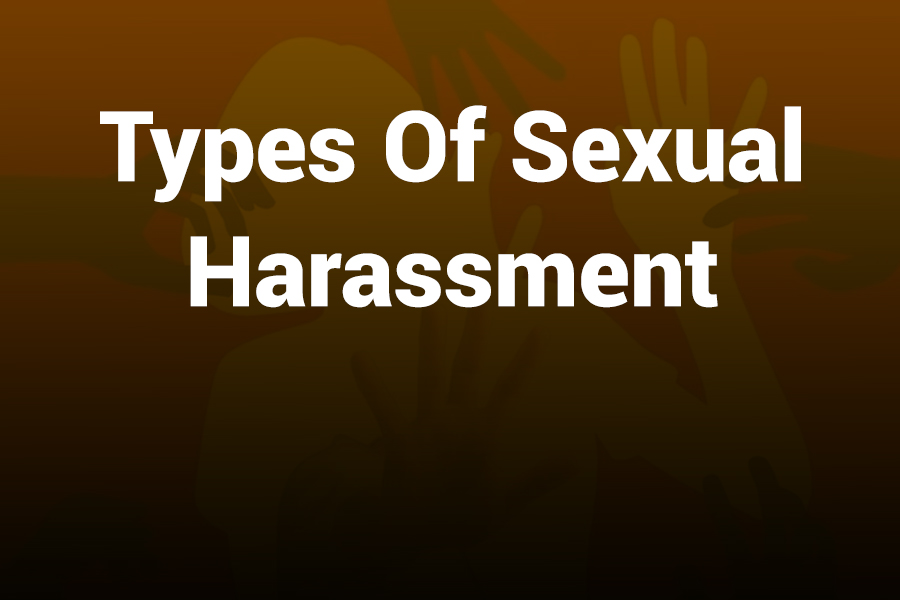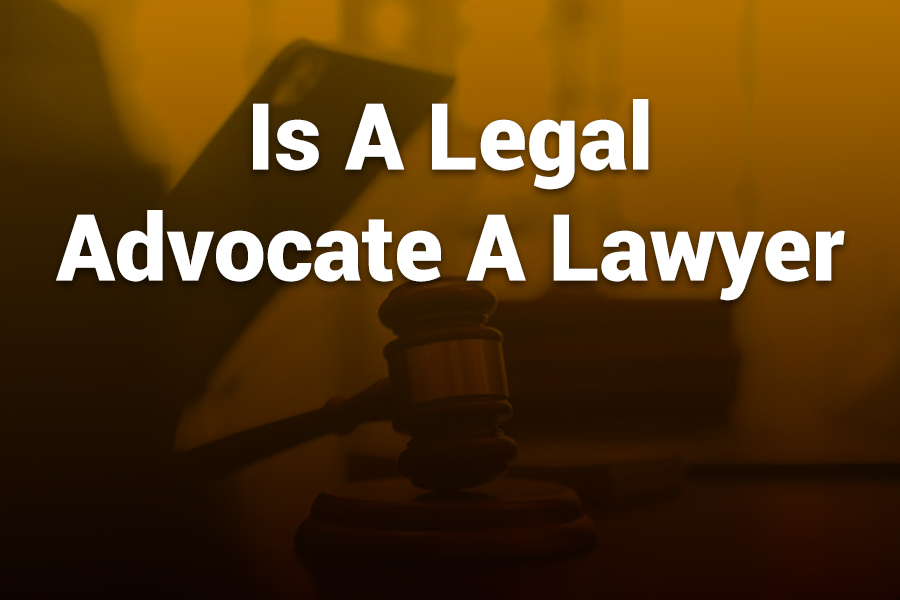
Harassment touches many lives, yet the legal line can feel confusing. In the United States, the answer depends on what happened, how often it happened, and where it happened. States write most harassment laws.
Federal law covers specific conduct such as interstate threats, stalking, and harassment tied to civil rights. I’ll break down when harassment becomes a crime, how prosecutors prove it, common penalties, and how civil remedies differ from criminal cases. I’ll also cover evidence tips and safety planning.
In this article, you’ll learn definitions, elements, defenses, penalties, and practical next steps.
What Counts as Harassment in U.S. Law
Harassment means targeted, unwanted conduct that causes fear, alarm, or substantial distress. Most states define it as a “course of conduct,” which means two or more acts directed at the same person.
Those acts can be messages, calls, online posts, showing up uninvited, or tracking and surveillance. Many statutes use a “reasonable person” standard: would a reasonable person in the victim’s position feel threatened, intimidated, or seriously distressed?
You can think of harassment laws in three layers. First, general harassment laws punish repeated threatening or alarming behavior. Second, specialized laws target stalking, cyberstalking, and harassment of minors.
Third, hate-crime enhancements increase penalties when bias motivates the behavior. Across these layers, prosecutors still need core elements: repeated conduct, intent or knowledge, and resulting fear or serious emotional distress.
When Harassment Becomes a Criminal Offense
Harassment crosses into crime when the conduct fits a state’s statute. Most states make basic harassment a misdemeanor while treating aggravated forms as felonies. Conduct that often elevates the offense includes a credible threat of violence, possession or use of a weapon, violating a restraining order, targeting a child, or continuing after formal police warnings.
Stalking statutes usually require a pattern plus either a credible threat or proof the conduct caused substantial changes to daily life—things like changing routes, adding security, missing work, or moving home.
Federal law can apply when a harasser communicates threats across state lines, uses the mail or certain online channels to extort or threaten, or stalks using interstate travel or the internet. Civil rights laws can also apply when harassment targets protected characteristics in schools, housing, or workplaces.
Criminal vs. Civil Harassment: Know the Difference
Criminal harassment seeks to punish and deter. The government prosecutes, and conviction can bring jail, probation, fines, and mandatory orders. Civil harassment seeks to protect and compensate. You can sue for intentional infliction of emotional distress, invasion of privacy, or defamation. You can also seek a civil restraining order to stop contact immediately, often without filing a criminal case. Many people use both paths—an emergency protective order for safety, and a parallel police report so prosecutors can act if crimes occurred.
Key Elements Prosecutors Must Prove
Prosecutors focus on four ideas that show up across state laws:
- A course of conduct: more than one act directed at the victim.
- Intent or knowledge: the person meant to cause fear or knew their actions would likely do so.
- Effect on the victim: fear of violence, serious alarm, or a substantial adverse impact on daily life.
- Reasonableness: a reasonable person would feel similarly threatened or distressed in the same situation.
Evidence can include saved messages, call logs, witness statements, video, location data from devices or vehicles, and testimony about lifestyle changes. Many states also recognize “credible threat” as a specific element: a threat that causes reasonable fear and appears capable of being carried out, even if no assault occurs.
Common Types of Criminal Harassment
General harassment. Repeated unwanted contact or communications that alarm, threaten, or seriously annoy. Many statutes cover calls, texts, and in-person confrontations.
Stalking. A pattern of following, monitoring, tracking, or surveilling that causes fear or a substantial adverse effect on daily life. Modern stalking often includes technology—GPS tags, spyware, or account takeovers.
Cyberstalking and online harassment. Use of social media, email, messaging apps, or gaming platforms to stalk, threaten, impersonate, dox, or spread harmful images. Some states treat doxxing, deepfakes, or non-consensual image distribution as separate crimes.
Harassment of minors. Laws increase penalties when the target is a child or when conduct occurs near schools, playgrounds, or youth events.
Hate-motivated harassment. Bias based on race, religion, sexual orientation, gender identity, disability, or ethnicity can trigger hate-crime enhancements that raise offense levels and sentences.
Penalties You Can Expect
Penalties vary by state and by degree. For basic harassment, first convictions often carry fines, mandatory counseling, community service, and probation. Jail terms can run from days to a year for misdemeanors. When the conduct includes threats of violence, weapon use, prior convictions, violation of a protective order, or targeting a child, the offense commonly upgrades to a felony, with potential multi-year prison terms.
Courts also impose “no-contact” conditions, order the surrender of firearms where required, and mandate technology restrictions—like removing tracking software, handing over login credentials for verification, or refraining from social media contact.
Real-World Indicators Courts Take Seriously
Judges and juries weigh context. Planned and persistent campaigns show higher culpability. Using fake accounts, spoofed numbers, or hidden trackers shows sophistication and intent to evade detection. Contacting friends, family, or employers to harm the victim’s reputation increases harm.
Interfering with child-custody exchanges, showing up at night, and escalating tone from insults to threats all worsen the case. On the other hand, sincere remorse, immediate cessation, and active counseling can mitigate a sentence—though they rarely erase it.
How Protective Orders Work
Protective orders, also called restraining orders, tell a person to stop contact and stay away. Many states let you seek an emergency, temporary order the same day you file, with a full hearing days or weeks later. Orders can prohibit calls, texts, tags, or indirect contact through others.
They can bar attendance at the victim’s work, school, or home, require the return of keys, and restrict firearms possession under state and federal rules. Violating an order is a separate crime, often with mandatory arrest policies, making orders powerful safety tools even when prosecutors have not filed charges.
What to Do If You’re Experiencing Harassment
Take your instincts seriously. If you fear immediate danger, call 911. If the situation is ongoing but not urgent, you can still file a police report and speak to a victim advocate. Document each incident in a simple log: date, time, location, what occurred, witnesses, and any screenshots or recordings you saved lawfully. Back up digital evidence in more than one place. Tell trusted people at work or school so they can help watch for the person and preserve security footage.
Use strong passwords, two-factor authentication, and a password manager. Review location sharing in apps, phones, and connected devices. Consider scanning for unauthorized AirTags or Bluetooth trackers. Update your home Wi-Fi password and admin credentials on routers and smart devices. Ask your carrier about account-takeover protections. If the person has access to your home, workplace, or vehicle, change locks or codes where possible.
Evidence: Build a Case Without Putting Yourself at Risk
A clean evidence trail makes decisions easier for prosecutors and judges. Use a dedicated folder for saved texts, emails, DMs, voicemails, and call logs. Give files clear names with dates. Avoid confronting or negotiating with the person; it can escalate and muddy the record. Consider forwarding evidence to a separate account you control, or saving to a secure drive. If you find tracking software or suspicious devices, photograph them before removal and ask law enforcement about safe handling.
Keep a brief incident journal. Note how the conduct changed your life—missed work, altered routes, sleep disruption, anxiety, or money spent on security. Courts take documented lifestyle impact seriously. Include witness names and, when possible, ask witnesses to write a short dated statement while memories are fresh.
Defenses and Gray Areas
Not every rude or unkind act is a crime. Context matters. One message, however ugly, may not be criminal harassment unless it contains a true threat or falls under specific statutes. Honest, lawful communications for a legitimate purpose—such as debt collection within legal limits or service of legal papers—can be protected.
Free speech principles also limit criminal prosecutions, especially where conduct is expressive but not threatening. That said, threats of violence, credible stalking patterns, non-consensual images, and persistent intimidation lose First Amendment protection.
Mistaken identity can also arise—spoofed numbers, deepfake images, or impersonation accounts can frame someone else. Good digital forensics and careful evidence collection help police find the right person and avoid wrongful accusations.
Workplace Harassment vs. Criminal Harassment
Workplace harassment typically refers to discriminatory conduct that creates a hostile work environment based on protected traits like sex, race, or religion. That is a civil rights issue handled through HR policies and, when needed, administrative agencies or civil courts. Some workplace conduct also qualifies as criminal harassment—especially threats, stalking, or image-based abuse. You can pursue both routes: report to HR and file a police report if a crime occurred. Civil and criminal paths often run in parallel.
Recent U.S. Trends and What They Mean
Digital life has expanded the ways harassment shows up. Many Americans report encountering harassment online, and a significant share describe severe forms that include stalking, threats, or sustained harassment campaigns. Reports and charges tend to rise during periods of intense online conflict, major news events, and election seasons. Lawmakers respond with new statutes on cyberstalking, non-consensual deepfakes, doxxing, and misuse of tracking technology. Police, prosecutors, and courts increasingly use digital evidence—from metadata and IP logs to geofencing data—while also facing challenges in cross-border cases and platform cooperation.
For individuals, the trend means two things. First, your instincts are valid; if conduct escalates or moves online, treat it seriously. Second, the justice system has clearer tools than it did a decade ago. If you document well and report promptly, the law gives judges and prosecutors options to intervene, restrict contact, and order meaningful consequences.
Practical, U.S.-Focused Next Steps
If the behavior made you fear for safety, seek an emergency protective order and report to police. If you feel safe, start with documentation and a non-emergency report; bring your incident log and digital files.
Ask a victim advocate about safety planning, relocation assistance, and technology checks. If children are involved, tell schools or daycare immediately, share a copy of any court order, and update pickup lists. At work, alert security and your supervisor; ask for a temporary desk move, escort to parking, or restricted visitor access.
For online abuse, use platform tools to report, block, and preserve evidence before anything is removed. Review your public footprint—old posts, tagged photos, and directories that reveal location, schedules, or close contacts. Consider a credit freeze if you fear identity misuse. If the person knows your home network or device credentials, treat those as compromised and start fresh with new logins and multifactor authentication.
Bottom Line: So, Is Harassment a Crime?
Yes—harassment is a crime in the United States when the conduct meets state or federal statutory elements, usually requiring a repeated pattern that causes fear, intimidation, or serious distress. Aggravating factors, credible threats, minors, hate motivation, weapons, and order violations can elevate it to a felony. Even when prosecutors do not file charges, you can use civil remedies to stop the conduct and protect yourself. The fastest wins come from early documentation, prompt reporting, and smart digital safety steps. If you feel unsafe, act now—your options expand when you move quickly and preserve the evidence you already have.
A Short Checklist to Strengthen Your Case
- Save texts, DMs, emails, voicemails, and call logs; label by date.
• Keep an incident journal noting fear, lifestyle changes, costs, and witnesses.
• Lock down accounts, passwords, privacy settings, and location sharing.
• Seek a protective order and report violations immediately.
• Coordinate with work or school security and share court orders as needed.
Frequently Asked Questions
Is one nasty message a crime? Usually no, unless it contains a true threat, extortion, or other specific unlawful content. Most criminal harassment laws require a pattern.
Do I need proof before calling police? No. Police can start a report with your account. Still, preserved messages and a dated incident log strengthen your case.
What if the person is in another state? Federal laws and multi-state cooperation may apply, especially for interstate threats and cyberstalking. Save evidence that shows locations and platforms used.
Can I drop charges later? Prosecutors, not victims, control criminal charges. Your input matters, but the state decides whether to proceed.
Will a restraining order hurt the person’s job? Orders can affect background checks and security clearances. Courts balance safety with fairness, but safety comes first.
How long do orders last? Temporary orders can issue quickly and last until a hearing. Final orders may last months to years, and courts can renew them.
Do I need a lawyer? You can file police reports and many protective orders without a lawyer. For complex cases or civil damages, counsel helps protect your rights.
Conclusion
If the behavior is repeated and it scares you, it may be a crime. Document it, lock down your tech, and ask for help.
The law gives you tools—from criminal prosecution to protective orders and civil claims—to stop the conduct and hold offenders accountable.






